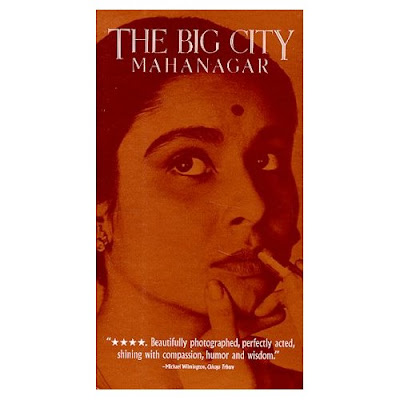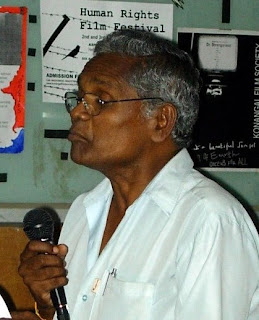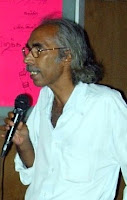
A film by Hirokazu Koreeda
Year : 2004
Country ; Japan
Runtime ; 141 minutes
Japanese with English sub titles
7th Sept 2008 ; 5.45 pm
Ashwin Hospital Auditorium
Call : 9443039630
http://konangalfilmsociety.blogspot.com
Of the multitude of films released each year, few travel into uncharted territory to capture the minutia of or
 dinary, extraordinary existence as well as this from director Hirokazu Kore-eda . Few allow us to be so present in the reality of his characters. This inventive and deeply human film is loosely based on a true story about four siblings, each from different fathers, and how they cope and carry on when their childlike mother abandons them in Tokyo. Writer-director Kore-eda has a true gift for fleshing out with simple, beautiful images, the interior recesses of the human experience, this time through the eyes of the children.
dinary, extraordinary existence as well as this from director Hirokazu Kore-eda . Few allow us to be so present in the reality of his characters. This inventive and deeply human film is loosely based on a true story about four siblings, each from different fathers, and how they cope and carry on when their childlike mother abandons them in Tokyo. Writer-director Kore-eda has a true gift for fleshing out with simple, beautiful images, the interior recesses of the human experience, this time through the eyes of the children.The oldest, a boy named Akira, is about 12. He regards his mother with guarded eyes. So do we. Kyoko is the second oldest. about 10. There is something too happy about the mother, as she acts like one of the kids. It is not the forced happiness of a person trying to keep up a brave front, or the artificial happiness of someone who is high, but the crazy happiness of a person who is using laughter to mask the reality of her behavior. It fools the little kids, Shigeru and Yuki, who are perhaps 7 and 4.

All act wonderfully
 like kids, but it is Yûya Yagira as Akira, who shoulders the film as the child-man whose nuanced performance captures the astonishing strength, pride, geniality, anger, resilience, anguish, and compassion of Akira. The mounting sadness on the children’s faces is heartbreaking but rendered without a shred of sentimentality. The scenes of unhurried daily events and strong use of lingering close-ups, mostly inside the little apartment, draws us in completely.
like kids, but it is Yûya Yagira as Akira, who shoulders the film as the child-man whose nuanced performance captures the astonishing strength, pride, geniality, anger, resilience, anguish, and compassion of Akira. The mounting sadness on the children’s faces is heartbreaking but rendered without a shred of sentimentality. The scenes of unhurried daily events and strong use of lingering close-ups, mostly inside the little apartment, draws us in completely. Mr. Kore-eda explores nearly every emotional nuance and implication of the story, without for an instant succumbing to sensationalism or melodrama. The content of "Nobody Knows,” consolidates his reputation as one of Japan's most interesting and original filmmakers.
Mr. Kore-eda explores nearly every emotional nuance and implication of the story, without for an instant succumbing to sensationalism or melodrama. The content of "Nobody Knows,” consolidates his reputation as one of Japan's most interesting and original filmmakers.
Hirokazu Kore-eda

Japanese auteur Hirokazu Kore-eda was born in Tokyo in 1962. Originally intended to be a novelist, but after graduating from Waseda University in 1987 went on to become an assistant director at TV Man Union. Sneaked off set to film _Lessons from a Calf (1991)_. His first feature, Maboroshi no hikari (1995), based on a Teru Miyamoto novel and drawn from his own experiences whilst filming _August Without Him (1994)_, won jury prizes at Venice and Chicago. The main themes of his oeuvre include memory and loss, death and loss, and the intersection of documentary and fictional narratives.
In a short period of time, Hirozaku Koreeda has gained a solid reputation as one of the most significant figures of contemporary Japanese cinema. His oeuvre is currently comprised of eight films including his television documentary work with TV Man Union, Inc. and his narrative films (After Life, Maborosi) which reflect the contemplative style and pacing of such luminaries as Hou Hsiao-Hsien and Tsai Ming-liang. He has become a cinematographic tightrope walker who almost unnoticeably switches between fictitious and real territories, between narration and invention, the private and the public.



















